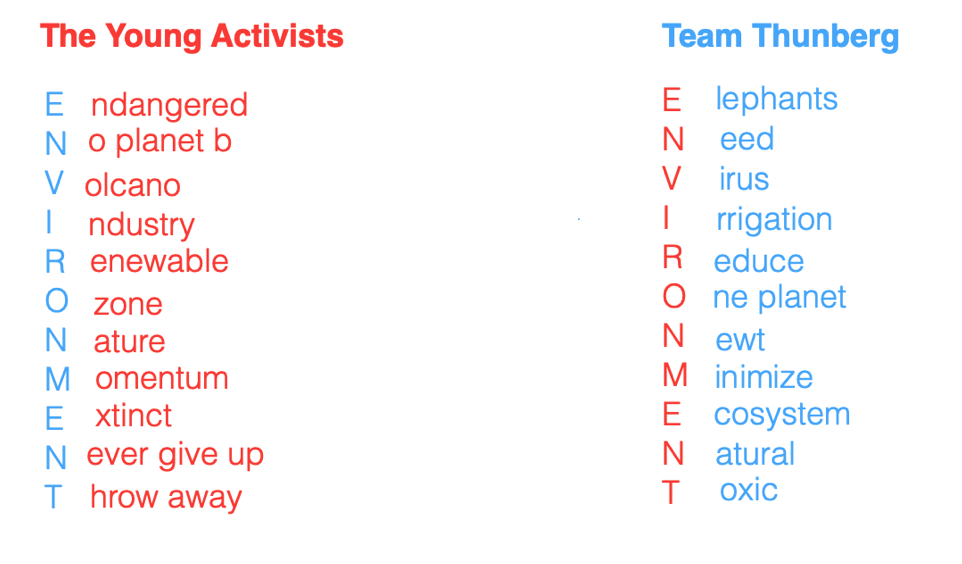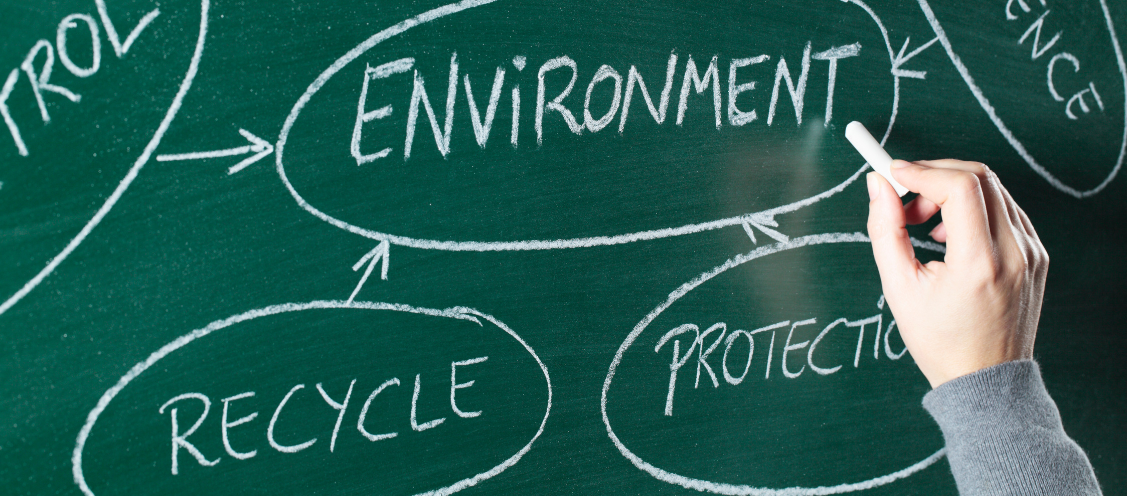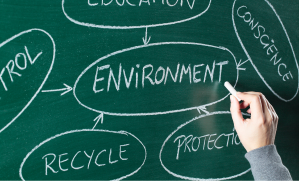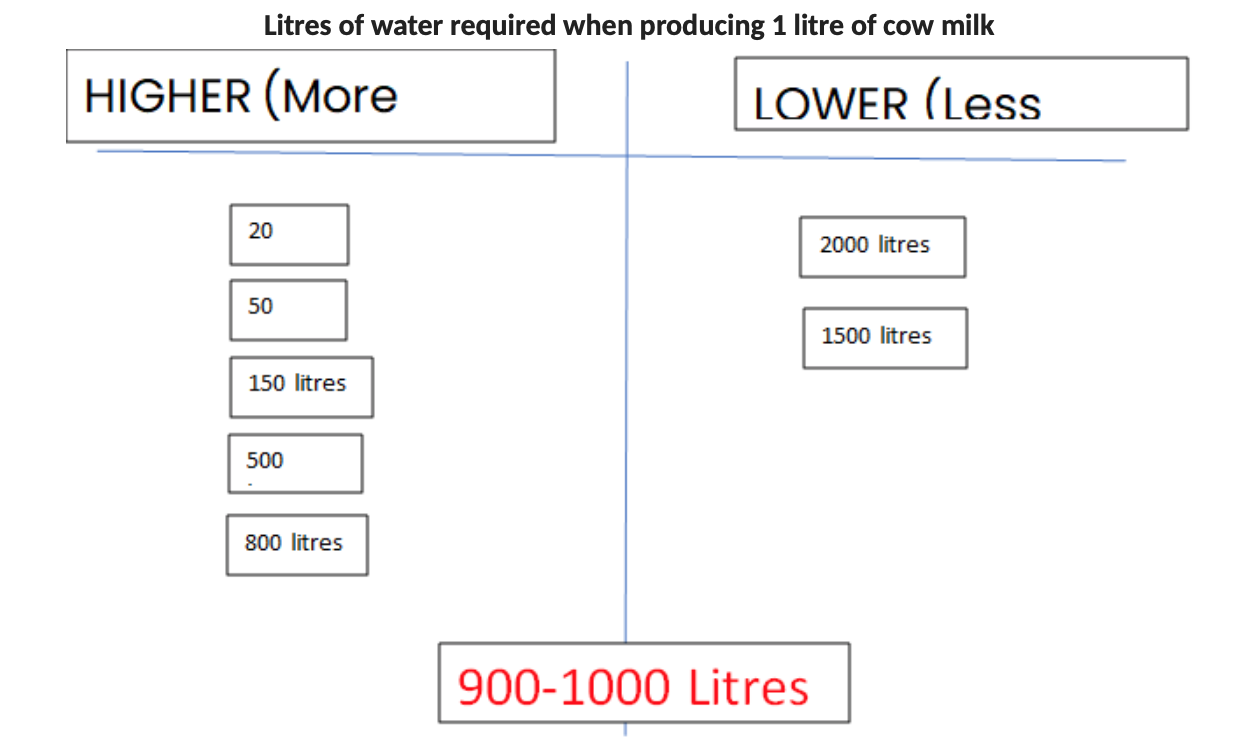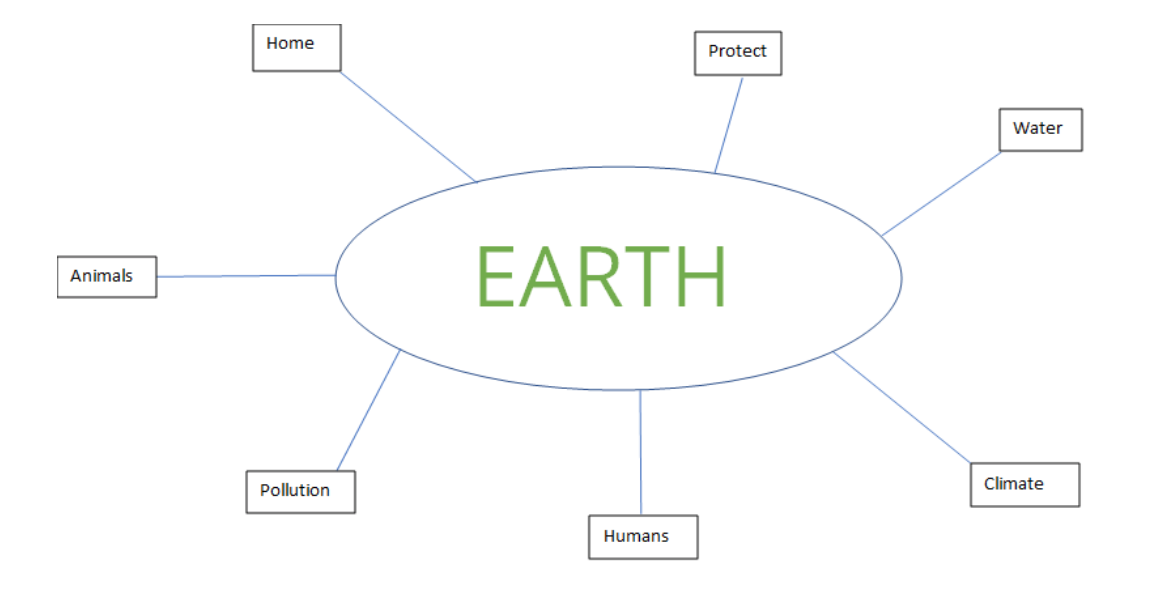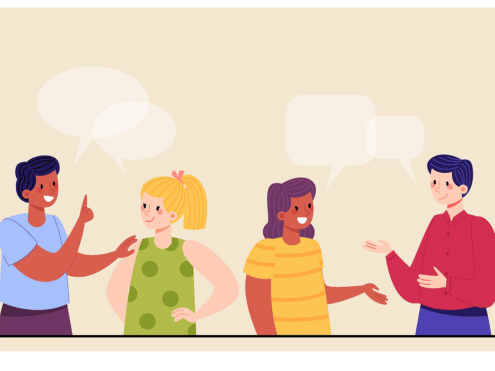Are you looking to raise environmental awareness in your classroom, but you just don’t have the time? You’ve come to the right place! In this post and part two coming soon, we’ll be bringing you some activities that can be used in almost any class with little or no prep.
Let’s start with the 5 ideas below that will get your class talking about the planet. All you need is a whiteboard, some scrap paper, and five minutes.
1. Environmental Board Races (A1 - C2)
A simple idea you can use with all ages and levels. Write a word related to the environment on the board and get two teams to write a word for each letter. You can either use a specific lexical set or allow complete freedom for students to express themselves. It’s a wonderful way to expand and review students' vocabulary.
A: Beginners (Pre-A1) Kids Class:

B: Upper intermediate (B2) Teens Class:
